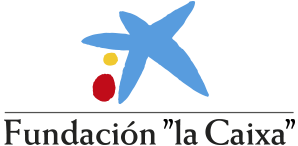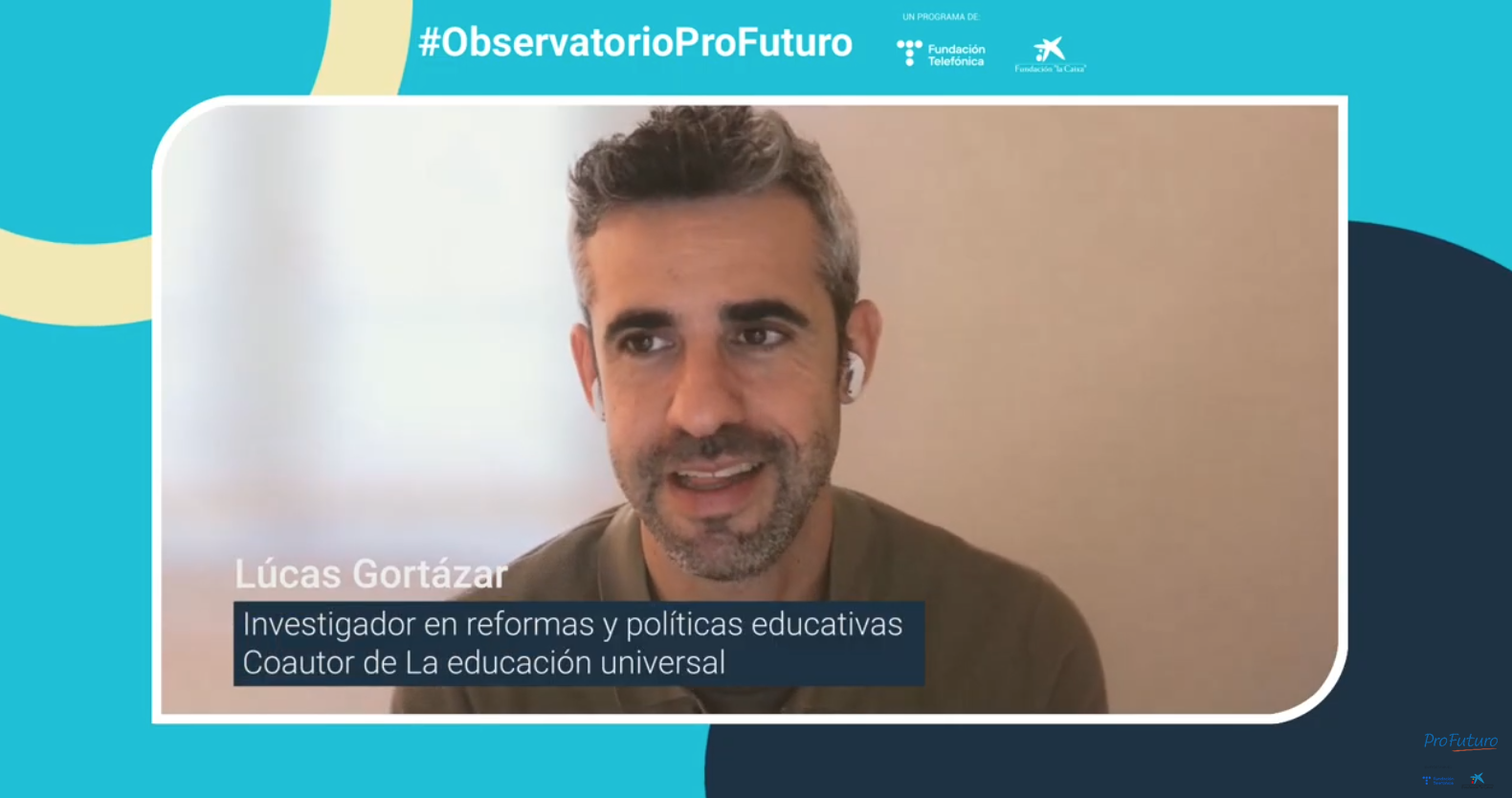
What is your general assessment of the current state of education in Latin America and the Caribbean?
The educational landscape in Latin America and the Caribbean is concerning and, at the same time, complex. We are facing a region that has experienced significant progress in terms of access to education but continues to exhibit enormous gaps in quality, equity, and relevance. At SUMMA, we work with over 21 ministries of education in the region, which allows us to have a broad and detailed perspective. What we observe is an education system that, in many cases, is not guaranteeing the fundamental rights of children nor sufficiently contributing to the development of democratic, cohesive, and equitable societies.
Looking back over the past two decades, we notice a period of progress between 2003 and 2013, with economic, democratic, and social improvements that translated into certain educational advancements. However, since 2013, we have entered a phase of stagnation or even regression. Politically, democracy indices have declined; economically, growth has been slow; and socially, poverty has increased again in several countries. This reality has a direct effect on education: fewer resources, lower priority on national agendas, and more social tensions affecting the school ecosystem.
Added to this is the low investment in education in many countries. During the pandemic, for example, we saw how the priority of public spending shifted towards health and social protection, which was understandable in that context but also highlighted that education is still not seen as an unmovable pillar of development. This institutional fragility surrounding education should concern us because it prevents the generation of sustained and sustainable policies over time.
What would you say are the main structural challenges of the education system?
There are many, but I want to focus on three key areas: inequality, the meaning of education, and the pedagogical core. Firstly, inequality is brutal. It’s not just a matter of income but of access to and quality of education for certain groups: children deprived of liberty, students with disabilities, rural and indigenous populations, migrants, girls and adolescents exposed to early pregnancies, and LGBTI individuals. These populations are systematically left behind. And even when they access education, it rarely responds to their real needs.
Secondly, there is a crisis of meaning. Many young people, especially in secondary education, do not find in school a value proposition that competes with other offers, such as drug trafficking or gangs. If school only promises a future of low wages, compared to alternatives that offer immediate, albeit risky, income, it’s difficult for adolescents to stay motivated. In this context, school dropout is not simply a personal decision but a structural expression of a system that fails to connect with young people.
Finally, the pedagogical core is weakened. Although competency-based curricula have been adopted in many countries, the reality in the classroom is often different. Pedagogical practices are frequently outdated, rote, and decontextualized. Teacher training, both initial and ongoing, is misaligned with current challenges. Many teachers have not had solid training in pedagogy, let alone in inclusion or the use of educational technologies. It’s essential to rethink the entire support ecosystem for teachers.
You have mentioned the concept of the “pedagogical core” several times. Could you elaborate on what it entails and its importance?
Certainly. At SUMMA, we adopt and expand upon Richard Elmore’s definition of the pedagogical core, which is based on the interaction between the teacher, the student, and the content. We represent it as a triangle composed of three components: what is taught (the curriculum), how it is taught (pedagogical practices), and how much is learned (assessment). This triangle must be in balance.
Now, the accumulated evidence over recent decades, both in Latin America and globally, shows that the most determining factor for improving learning is the “how” of teaching—that is, meaningful human interactions between teachers and students. Practices such as metacognition, collaborative learning, and formative feedback have a significant impact. However, these approaches are scarcely practiced in our classrooms.
That’s why we insist so much on pedagogical support. It’s not enough to train teachers once and leave them on their own. A permanent support system is necessary, with regular visits, mentoring, and spaces for pedagogical reflection. The case of Sobral, in Brazil, is exemplary: there, the municipality managed to radically improve its educational performance through a strategy of weekly pedagogical support and monthly teacher training. These models work but require political will and institutional commitment.
I believe we are in a new phase. The first wave of educational technology was quite limited: linear, not very personalized, without real adaptability. But today, with the development of artificial intelligence, immense opportunities are opening up.
In that context, what do you believe is the role of technology in educational improvement?
Technology has a fundamental role but should be seen as a pedagogical means, not an end in itself. On many occasions, millions have been invested in providing tablets or software to schools without a clear pedagogical strategy. It’s like putting the cart before the horse. Technology can amplify good practices but does not replace human interaction or compensate for structural deficiencies.
That said, I believe we are in a new phase. The first wave of educational technology was quite limited: linear, not very personalized, without real adaptability. But today, with the development of artificial intelligence, immense opportunities are opening up. Adaptive tools can help personalize learning, offer real-time feedback, and support teachers in their practice. This is especially relevant for students who need individualized support and in contexts where the teacher is alone facing a great diversity of students.
Moreover, technology can be a powerful tool to address the challenges of formative assessment. Today, we have the possibility of implementing adaptive systems that allow us to know in real-time each student’s progress, adjust teaching, and provide timely feedback. This can be revolutionary, especially in contexts of high heterogeneity.
Speaking of diverse contexts, you have advocated for technology focused on marginalized populations. Could you explain this?
Absolutely. A common mistake when introducing technology in education is thinking of it only for the regular system. But if you add up all the so-called “niches”—children in prisons, hospitals, with disabilities, in remote rural areas—you realize they’re not so niche: they represent a significant percentage of the population. It’s there where technology can make a radical difference.
For example, many children deprived of liberty in Latin America are under state custody and without access to education. AI could enable personalized learning pathways and processes of prosocial reidentification. The same applies to hospital schools or bilingual communities in Andean regions. We are often not creative enough in thinking about these scenarios, and that’s where there’s the greatest potential for impact.
The key is to think of flexible, modular, culturally relevant programs that use technology not only to transmit content but to generate connections, strengthen identities, and open up future possibilities. We can no longer think of inclusion as an add-on. It must be the starting point.
How do you assess teacher training in relation to the use of technology?
Very deficient. We have just reviewed and redesigned the initial teacher training curricula in ten Caribbean countries and found that training in educational technology is almost nonexistent. Sometimes, due to a lack of resources, other content like disciplinary subjects or practicum must be prioritized, but that’s no excuse to neglect digital aspects.
Regarding ongoing training, the situation is equally precarious. In many countries, a teacher is visited pedagogically between one and four times a year, and sometimes not at all. They are alone in the classroom. The pandemic made this evident: despite talk of “digital natives,” we discovered that many children didn’t even know how to open a Word file. The digital divide is not just about access; it’s about use and pedagogical meaning.
What we need is a revolution in teacher training. It’s not enough to offer isolated courses. A coordinated system of continuous professional development is required, with mentoring, collaborative work, accessible pedagogical resources, and intelligent use of data. Technology can be an ally in this but cannot substitute for a serious teacher development policy.
What conditions do you believe must be met to achieve true educational transformation?
There are key enabling conditions. First, financing. We can’t expect miracles from schools that lack electricity or potable water. Second, time: time for teachers to plan, train, and meet with peers. Third, the use of evidence and data. Many countries lack robust educational information systems, making decision-making difficult.
And finally, alignment with public policies. At SUMMA, we believe that any educational intervention must be aligned with government priorities. We work from within, not from outside. That is, we don’t bring packaged programs but start from the country’s needs and co-construct solutions with ministries. That’s the way to ensure scalability and sustainability.
To conclude, what message would you give to those designing educational programs with technology in the region?
I would tell them to think of the most vulnerable populations first, not last. To consider technology as a tool in service of learning, not as a goal. To commit to pedagogical quality, continuous teacher training, and permanent support. And above all, to understand that educational systems don’t change solely through evidence but through political decisions. We must know where, when, and how to influence so that this evidence becomes public policy. Because only then can we guarantee the right to education for all.






